By Anastasia Blosser and Jake MacAndrew
Two Eyeopener editors looked through hundreds of documents—including yearbooks, obituaries, internal reports, newspaper clippings, archival photos and historical manuscripts—to compile the research presented in this article.
In 1958, the then-Ryerson Rams football team was at an all-time high.
The school had recently won the Ontario-Quebec Conference championship and gained traction through on-field success. Its players were competing against teams from regional universities despite the school still classifying as a technological institute, establishing itself as a force in sports. However, the team dissolved in 1965—less than a decade after their big win.
When the Ryerson Institute of Technology—now Toronto Metropolitan University (TMU)—was founded in 1948, its first sports season established hockey, basketball and swimming teams with football following a year later.
The school’s first president Howard H. Kerr hired Ted Toogood, a Toronto Argonauts player at the time, to be its first athletic director. Toogood was an experienced halfback—having won the Grey Cup twice in 1950 and 1952. Toogood also coached the school’s football team, sometimes even playing on the field himself.
Despite having no spaces to play and practice on campus, the team rose through the ranks of various leagues during its 15-year run and ended up in the Intercollegiate Intermediate League. This promotion put them on the same tier as universities like Carleton and McMaster despite the institute’s lower academic status.
The height of the team’s run was its 1958–59 season. Ahead of their conference win, the Rams beat the University of Toronto (U of T) Varsity Blues 8–7 in their final game of the season. Over 1,500 fans were in attendance at Varsity Stadium that day.
But it wasn’t always rosy with the Rams. A few years prior, in 1954, the team had a winless season.
Ryerson’s first game of the 1954 season was played against the then-Ontario Agricultural College Aggies—now University of Guelph Gryphons—the school’s rival at the time. According to The History of Ryerson by John Downing, a lot of drinking was done that day. The opponents kidnapped some Ryerson students and the team retaliated in the same way. Eventually, the Rams lost the away game 37–0.
As Ryerson students were upset by such a defeat, many members of the crowd attempted to push down the steel goalposts at the Ontario Agricultural College. One student climbed on top with a crowbar but dropped it down below, hitting a journalist from The Ryersonian—now On The Record—on the head and splitting it open. Kerr initiated an inquiry into the incident soon after.
Football was a fan-favourite sport for Ryerson students in the 1960s. According to surveys conducted by the university around that time, football was the preferred spectator sport for most students.
A committee was set up in 1965 to investigate the feasibility of football at Ryerson and submitted a final report to the athletic department, ruling in favour of dissolution.
According to the report, nearly 90 per cent of students polled said they wanted to see football at Ryerson. However, almost two-thirds of respondents said they had not attended any football games in the past year.
The report concluded there were two basic elements required for the football team’s success: a large number of students living near campus and accessible facilities for the sport.
Since games were held off-campus to accommodate for Ryerson’s lack of a football field, distance was attributed as the biggest problem facing the school’s team. This accounted for the games’ lack of attendance and revenue.
The report stressed that “Ryerson must have a playing field closer to campus to achieve more support.” During the team’s 15-year run, practices were held at Riverdale Park and games at East York Stadium.
Dave Bullock, one of the committee members, believed having a football team would motivate Ryerson students to take pride in their work and education, despite the challenges associated with maintaining it.
“A well-publicized, well-established team playing a popular spectator sport will do more to enhance the pride and respect of a school at the student level, than one hundred graduates who become company presidents on the day they graduate,” Bullock wrote in an individual report to the school.
Reintroducing football to TMU is now based on the costs of running the team, a lack of playing space and the importance of boosting student engagement.
Nick Asquini, the director of sports operations at TMU, said students must show sufficient interest in a sport before it can become a team. He said the university hasn’t received a serious inquiry about a football team and it isn’t on the athletics department’s radar.
According to Asquini’s estimates, it would likely cost tens of millions of dollars to get a football team launched at TMU in addition to operating costs of one to two million dollars a year. As a result, Asquini said he doesn’t think football is feasible at the university.
“I’m somebody who believes in the power of sport to bring campus together,” Asquini said. “But football is…a very challenging sport to support.”
TMU’s largest sports program is currently hockey, with a dressed roster of 20 players. In comparison, a practice roster for football would be anywhere from 90 to 100 athletes according to Asquini.
In the football team’s final season decades ago, sometimes only six players came to practice.
Asquini said TMU sporting events face challenges as a predominantly commuter-based campus. He said the events aren’t as accessible compared to universities where students typically live closer to the school.
“There’s a lot of work and a lot of time that goes into building that sort of effect football can have on campus…That doesn’t just happen overnight,” he said. “But I do think that spirit is there.”



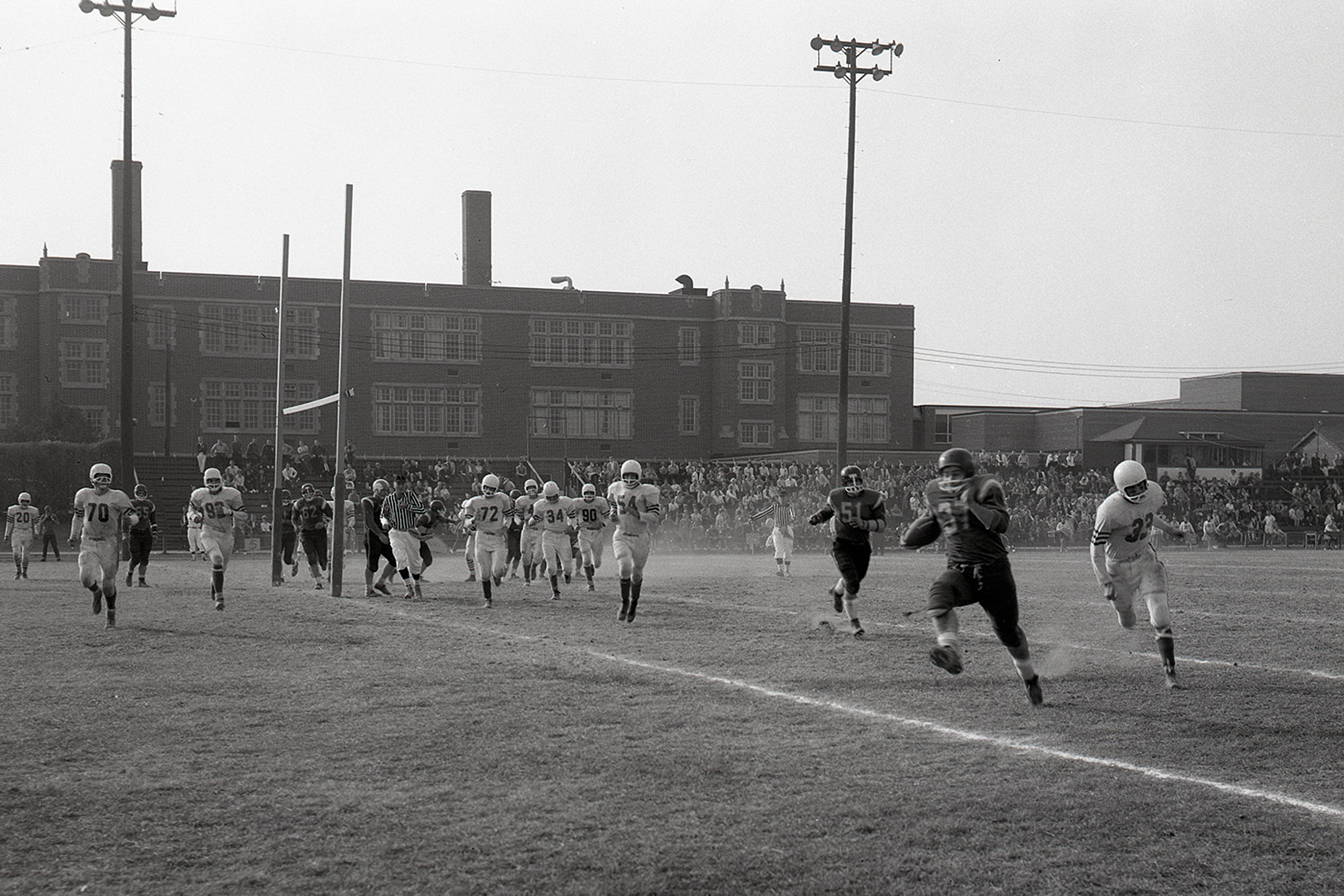
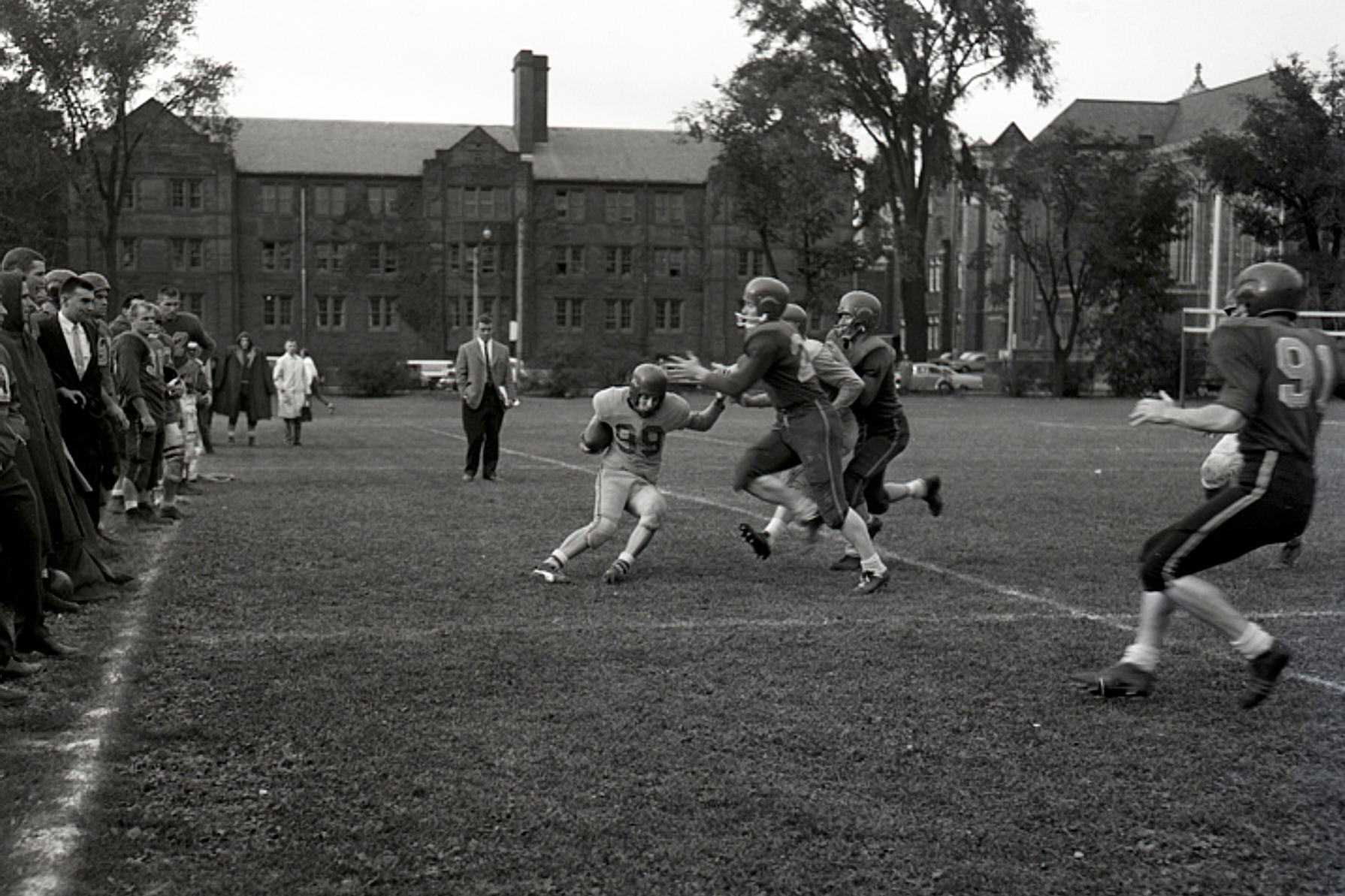
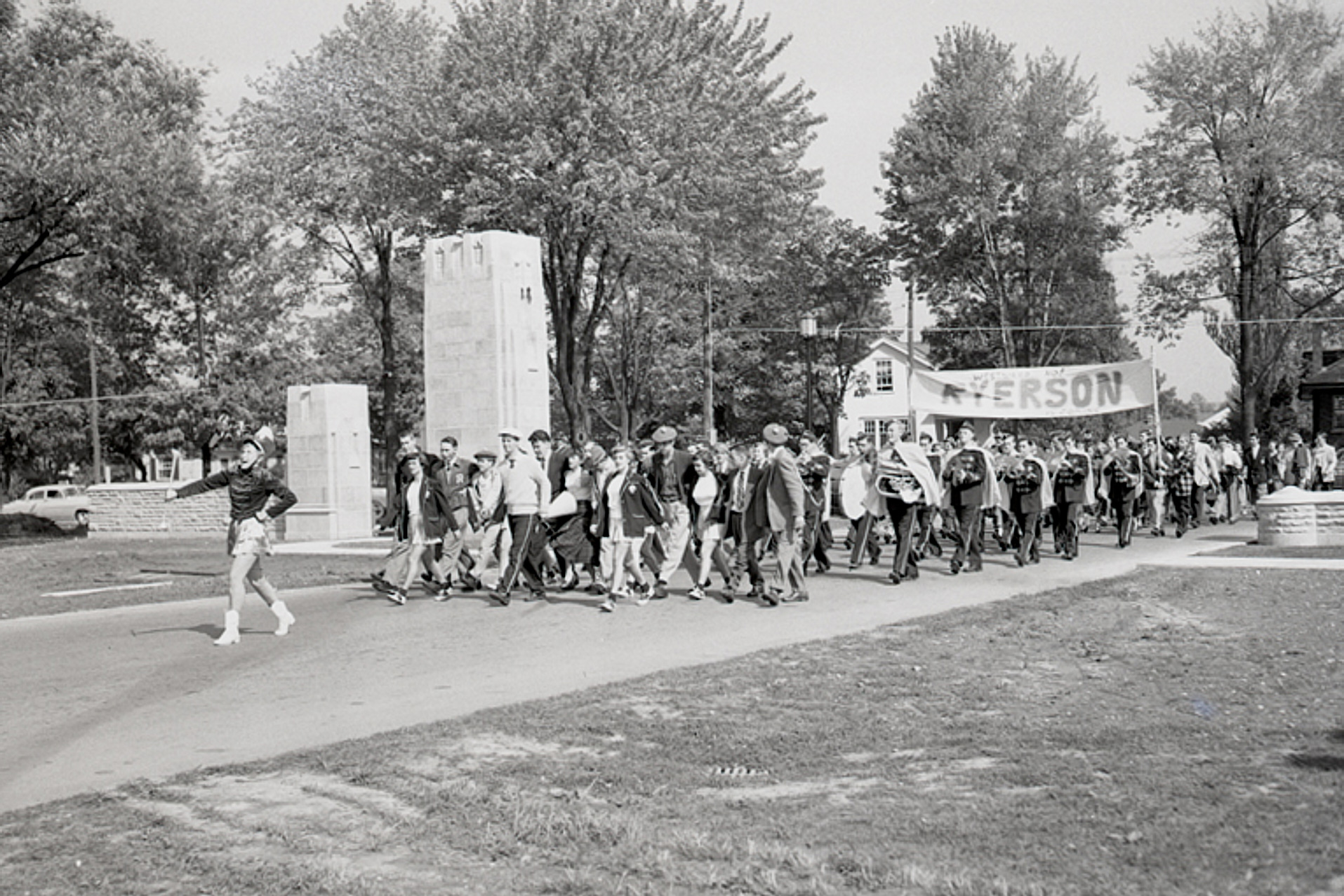
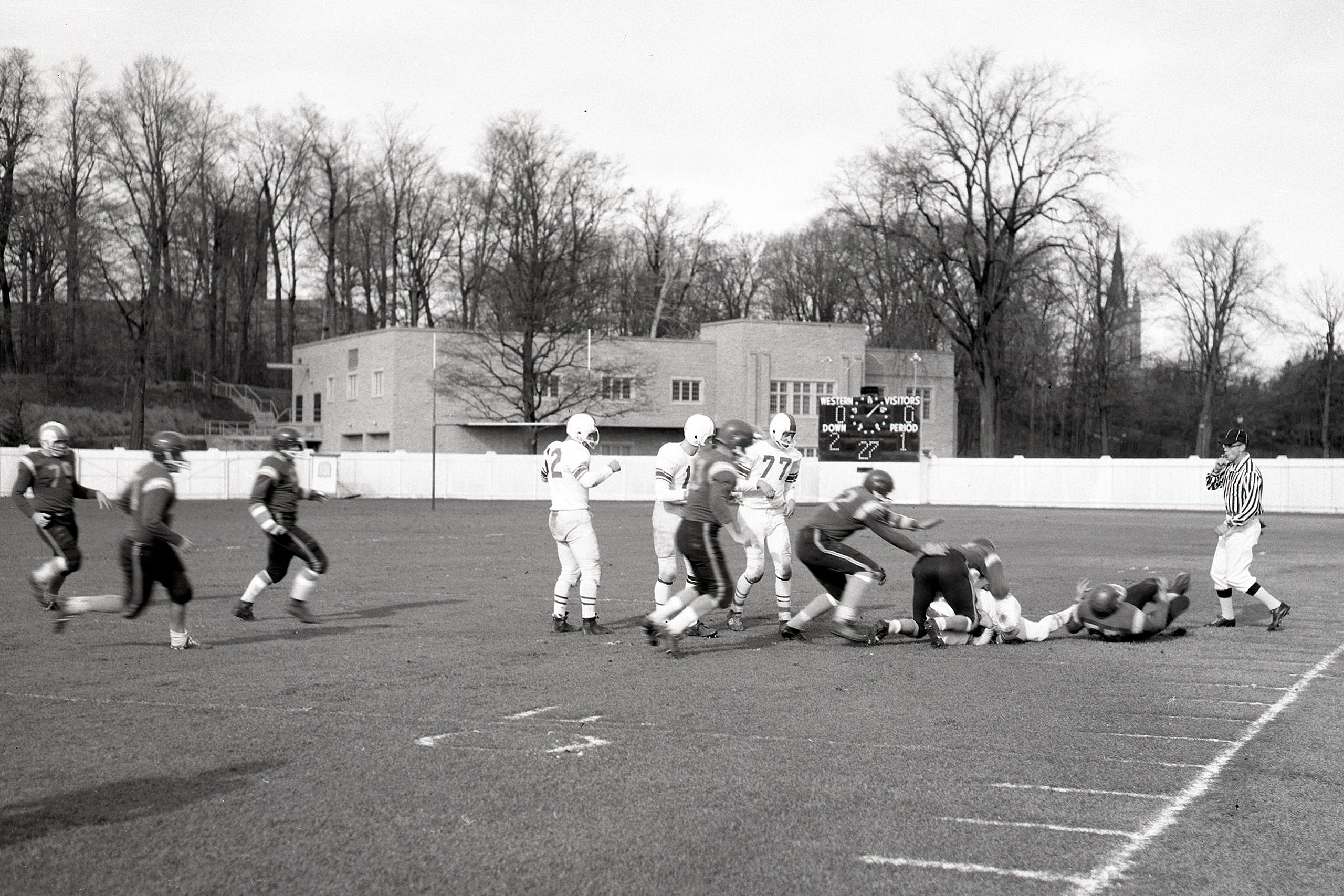
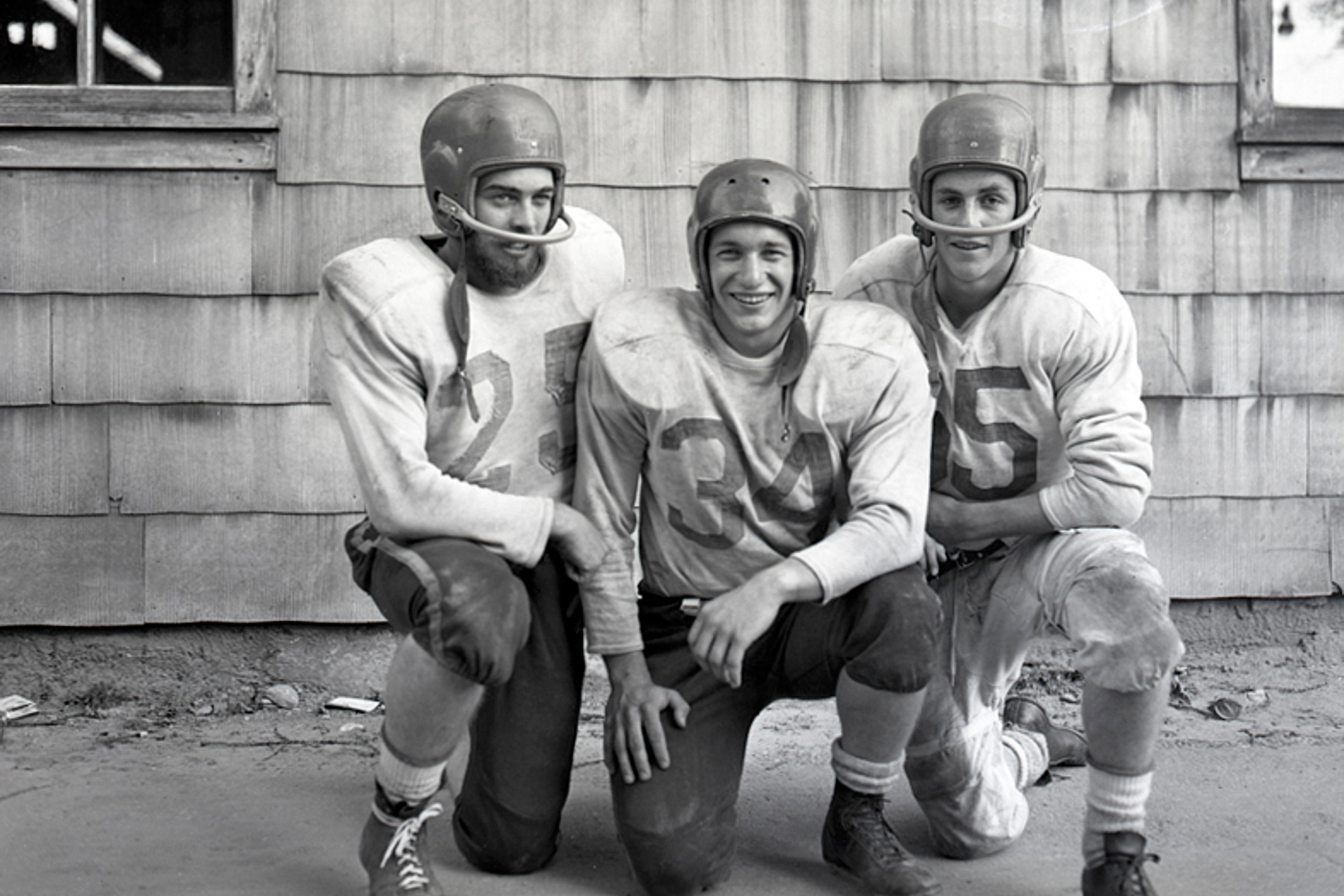
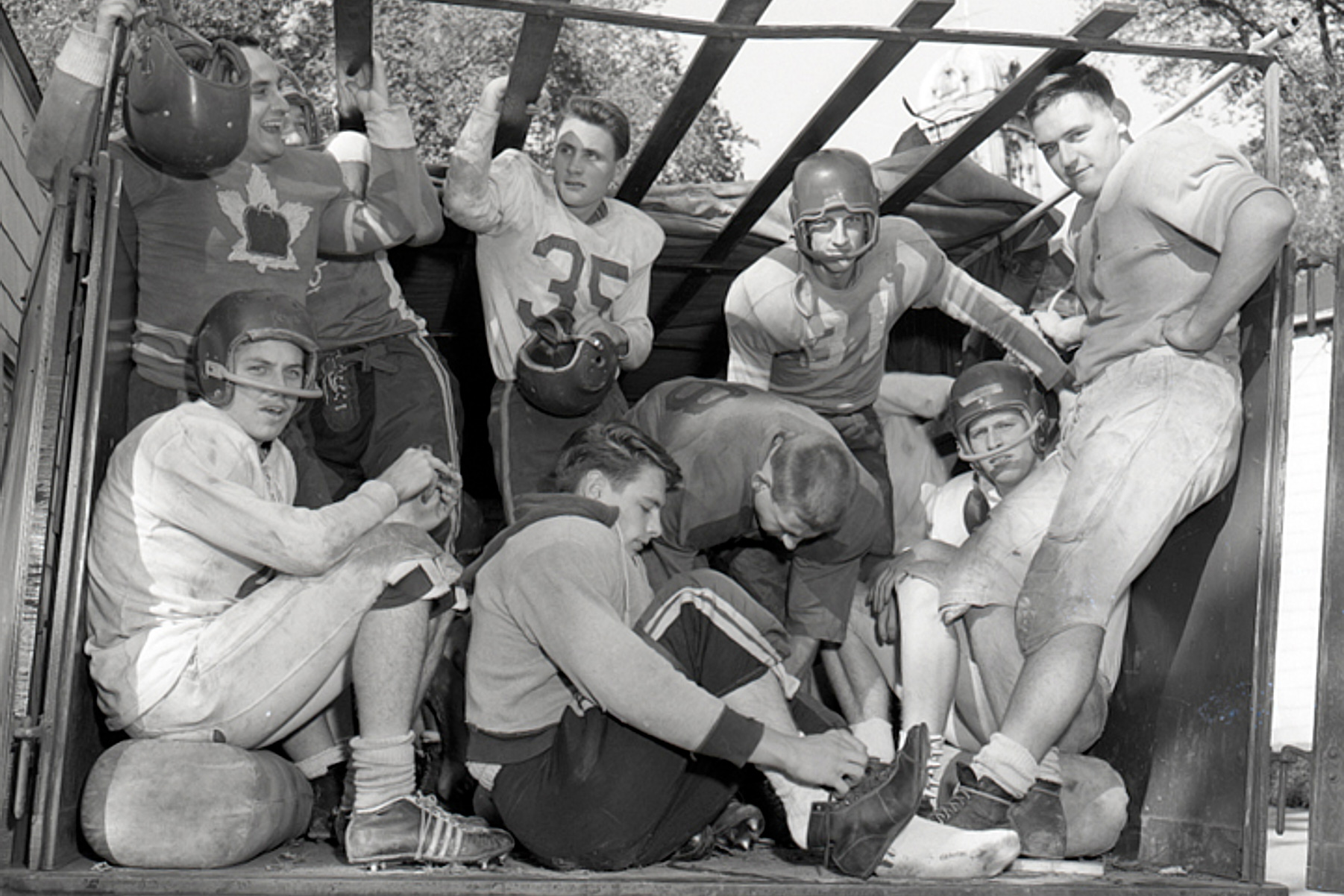
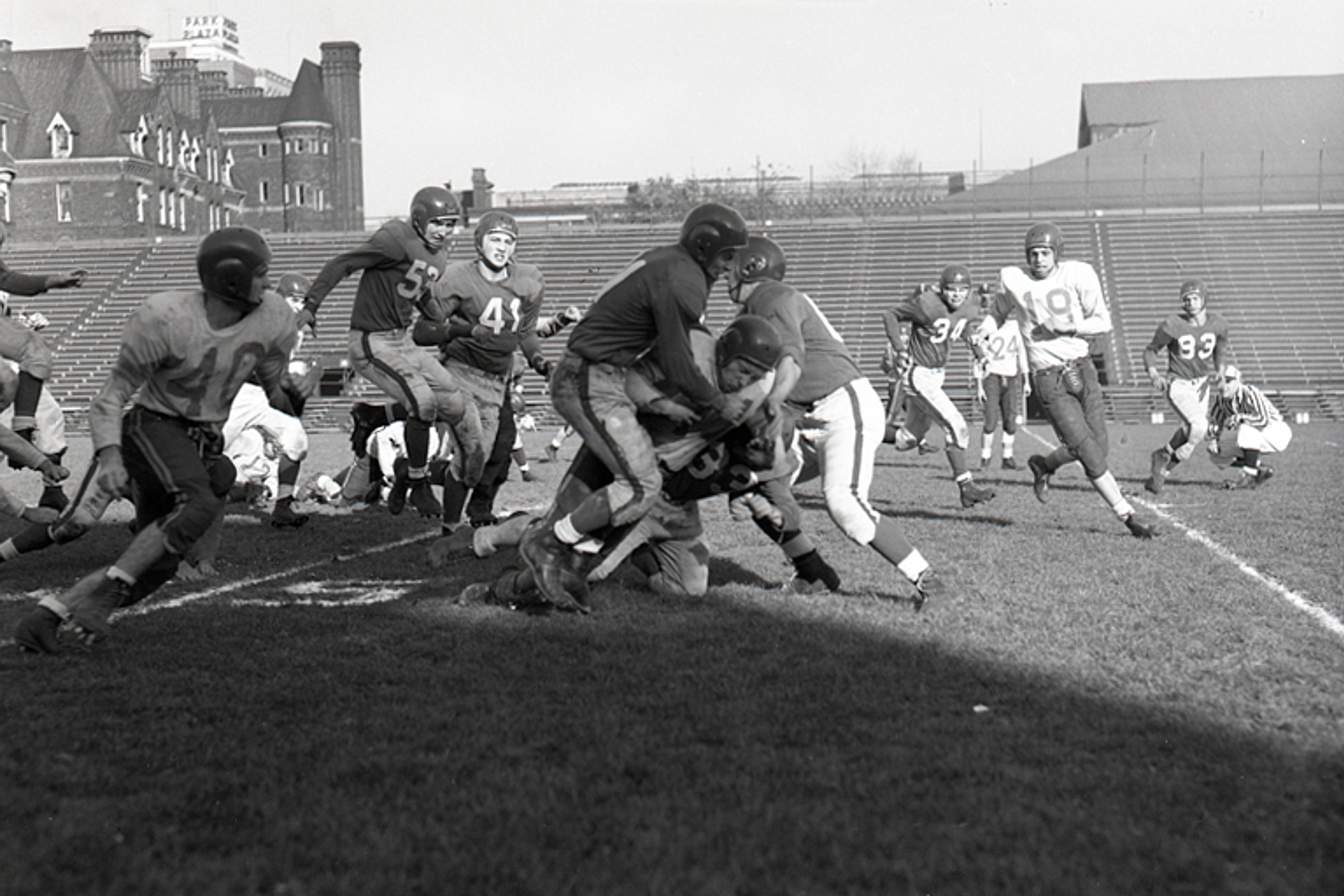
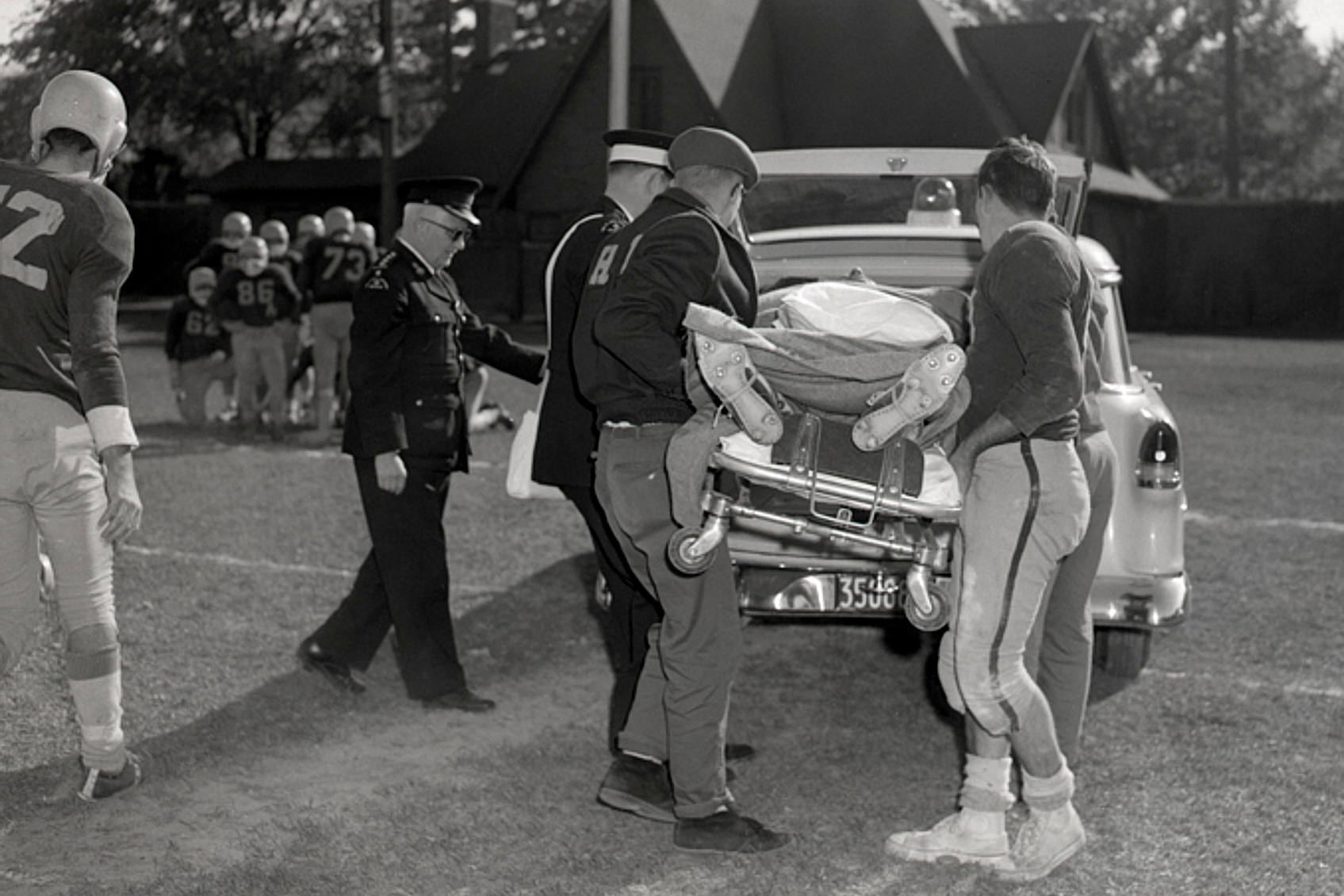
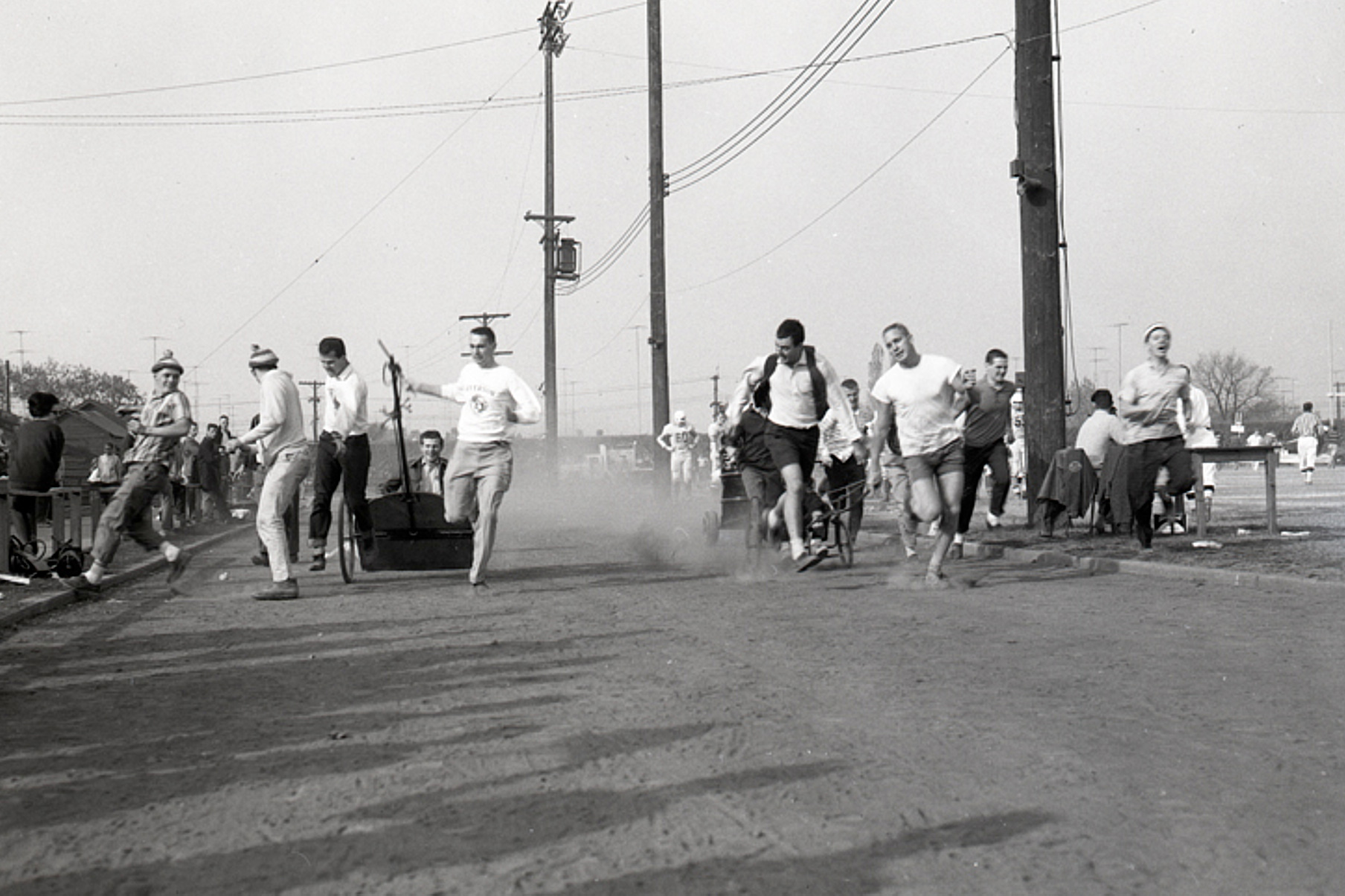
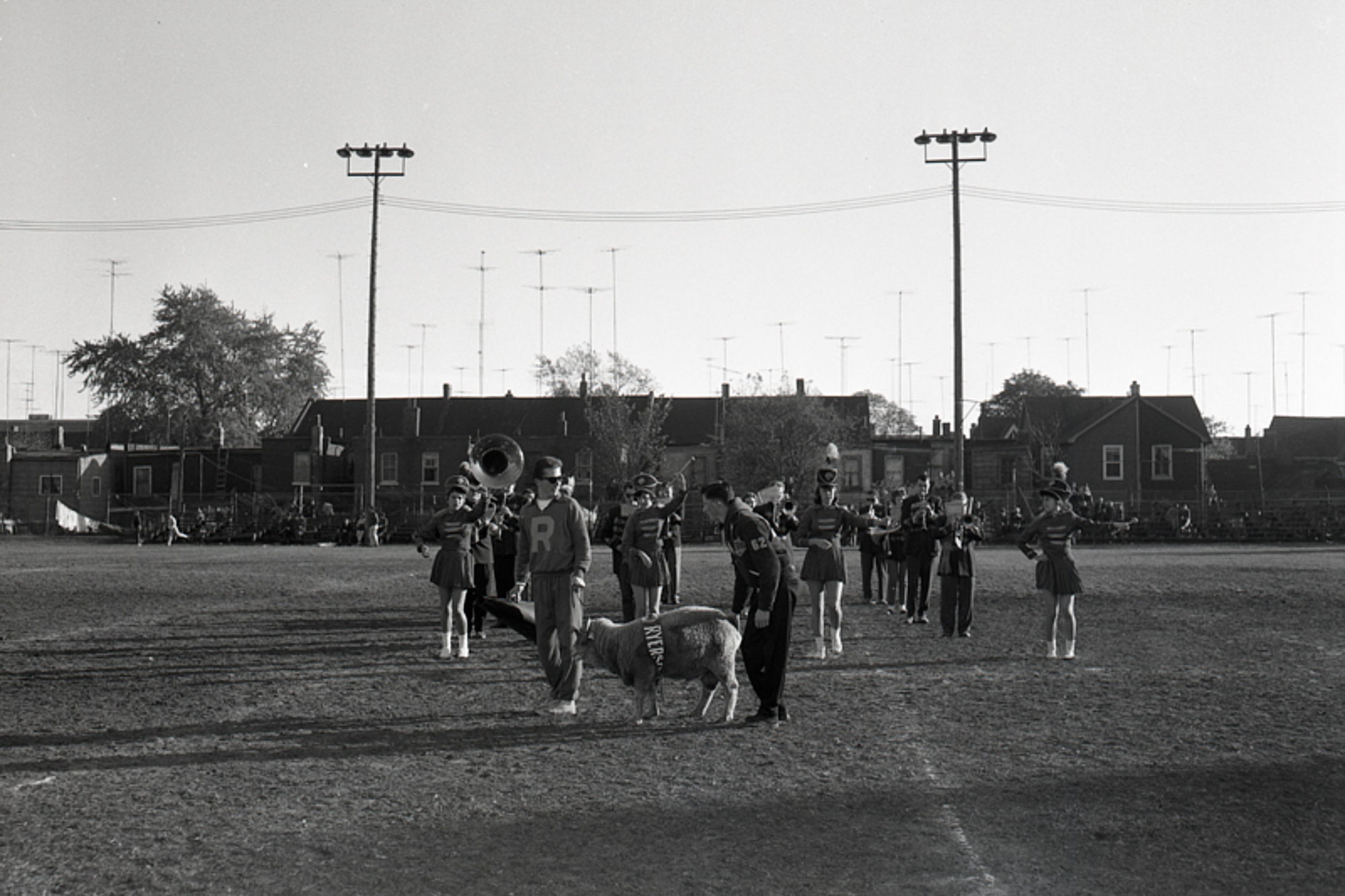
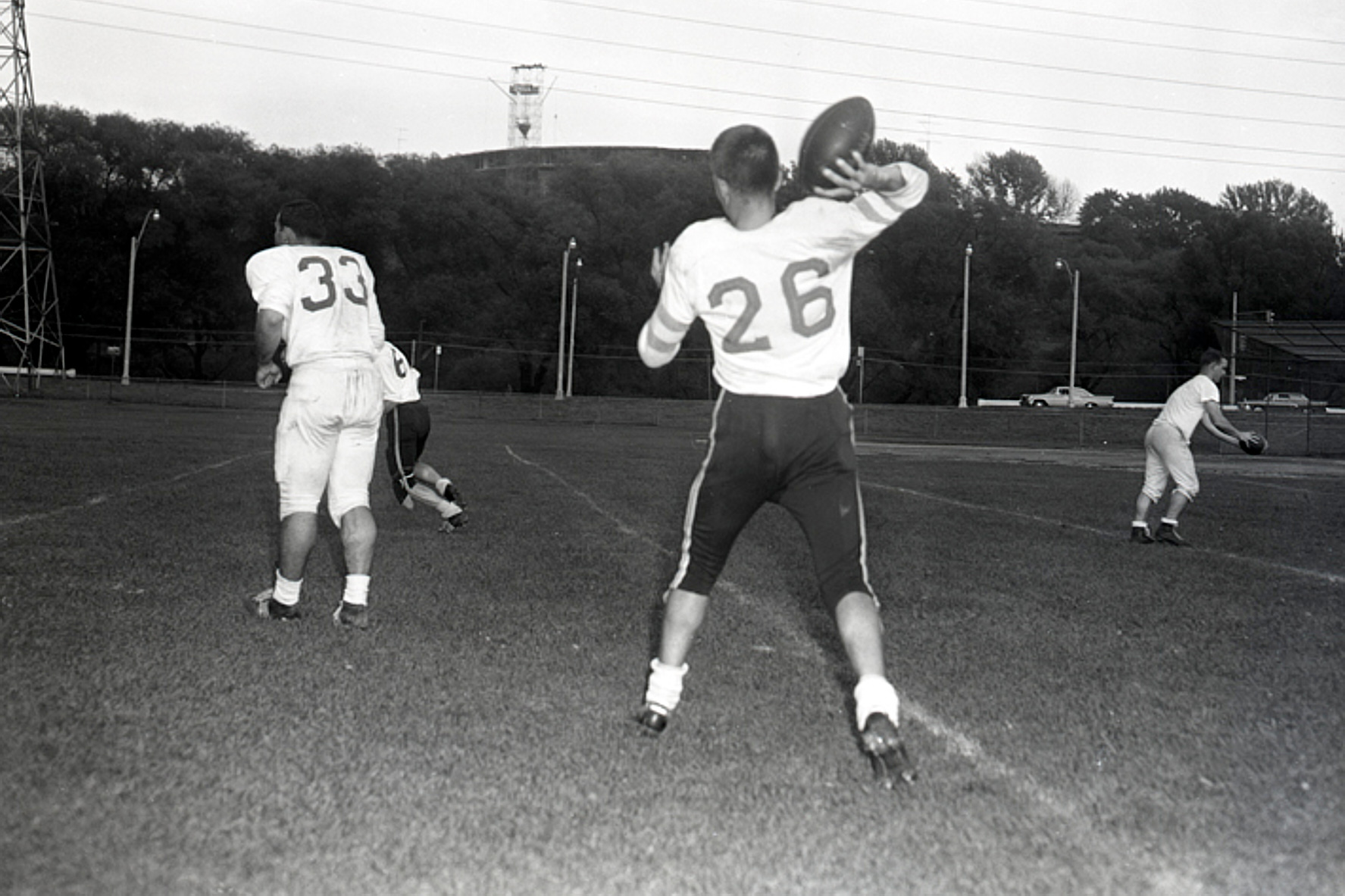









Leave a Reply